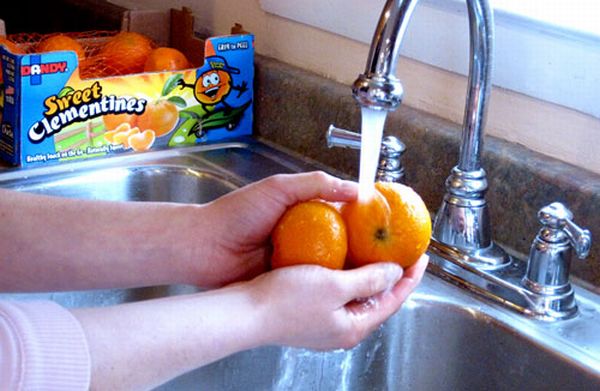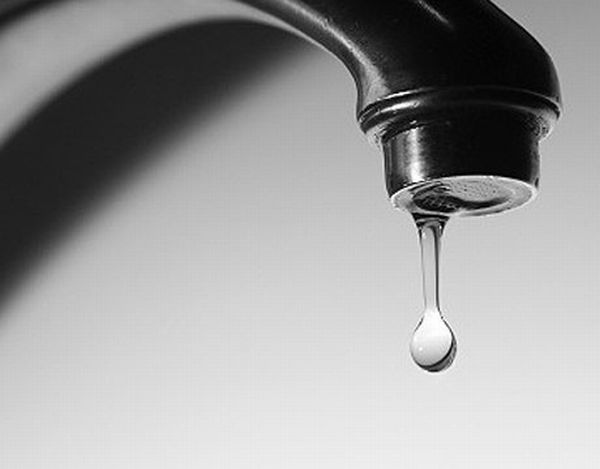
Over the years, with increasing population, agriculture & industrialization, the demand for water is ever rising. With growing global water deficit, it has become imperative for us to manage our water consumption within the available resources. Water conservation is essential for reducing water loss by means of effective water-conserving methodologies. Conserving water not only helps in water sustainability, but also supports energy and habitat conservation. There are a number of household water saving tips which, if implemented, can go a long way in conserving water. Following are some practical tips that you could use to save and use water judiciously:
1. Install a water meter
A number of homes have hidden water leaks. Consider installing a water meter to keep a check on the usage of water. Check the water meter reading before and after a two hour period when no water is used. If there is a possible leak, the water meter will show different readings. You can also monitor your water usage with the help of a water meter. It allows you to set water reduction goals thus ensuring effective water conservation.
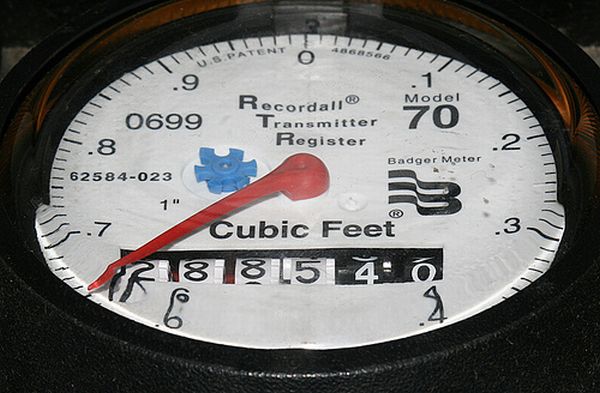
2. Repair drips or leaks
Examine your faucets, shower heads, toilets and other valves for leaks. Studies show that nearly 10,000 gallons of water is wasted each year due to leaks! Repairing a leak is a giant step towards conservation of water. To check toilet leaks, put a drop of food coloring into the toilet tank. If there is a leak, the color will show up in the commode bowl without flushing. And by ensuring that there are no leaks in your house, you will also be able to see for yourself the reduction in your water bill.
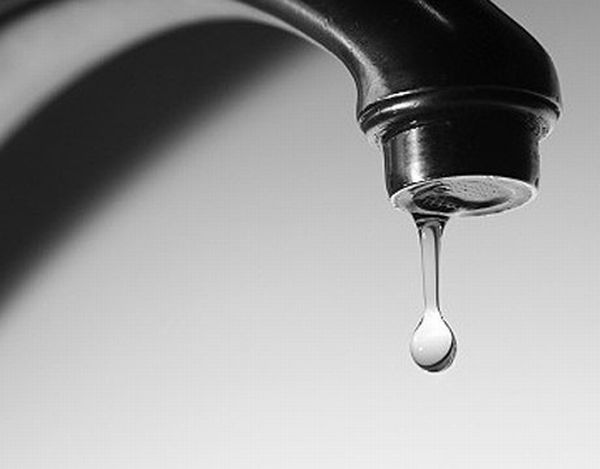
3. Install low-flow shower heads
Showers are one of the top culprits for heavy water consumption. Getting a low-flow shower head slashes bathing water consumption by 70 percent. These are simple to install and are regarded as one of the easiest ways to conserve water. For more efficient usage, get a low flow shower head with a shut off valve. You can turn off the water when soaping and can turn it on instantly without readjusting the temperature.
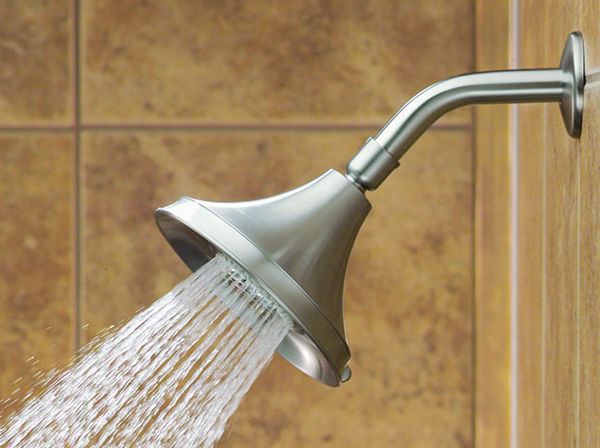
4. Always turn off the faucet
We mindlessly turn on the faucet while brushing, shaving, washing hands, cleaning vegetables and rinsing the dishes. Simply turning off the faucet while you are at these activities will help save more than 8 gallons of water every day! So just turn it off!
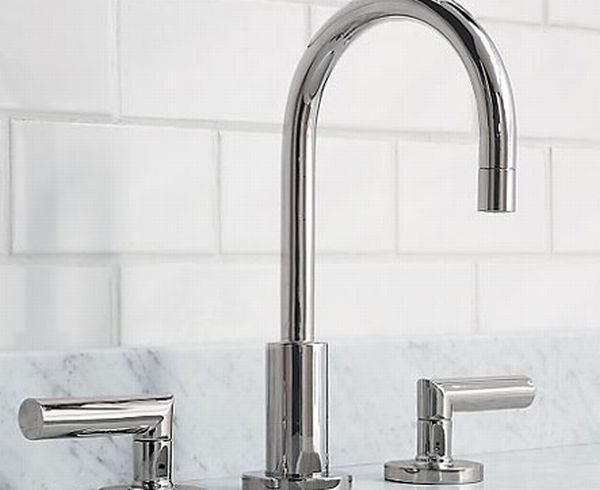
5. Use a water-efficient dishwasher
Get a dishwasher which is energy and water efficient. Look for energy star appliances which use approximately 25 percent less energy than conventional dish washers. Do not run the dishwasher unless it is full. You can save up to 400 gallons of water each month by running the dishwasher in full load. With the latest dishwashers that are available, you can safely skip the pre-rinse cycle to save a lot of water and energy. Also, avoid drying the dishes using the dishwasher. Instead, leave the dishes to dry in air, or leave them to dry up overnight.
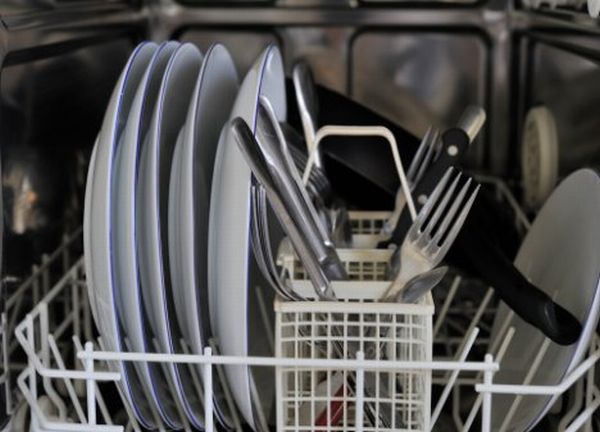
6. Choose a high-efficiency washing machine
Conventional top loading washing machines use up to 40 gallons of water per load. Switch to a front load washing machine which uses only 24 gallons of water per load. You can also save energy up to 70 percent. Also, be sure to run the washing machine only on full loads.
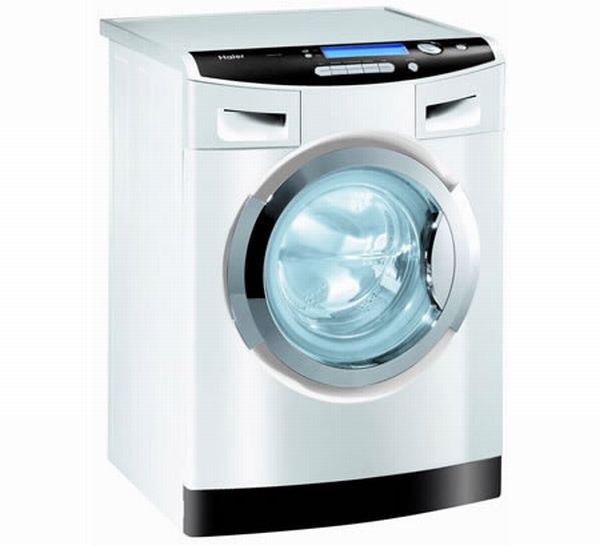
7. Install instant water heaters
Instant water heaters or tank-less heaters heat the water the moment it is called for at the tap. Tank-less heaters are also easier to install and maintain. With a traditional water heater, you need to store gallons of water and heat it continuously in order to retain the heat. Water can be effectively conserved with tank-less heaters, without having to store the water.
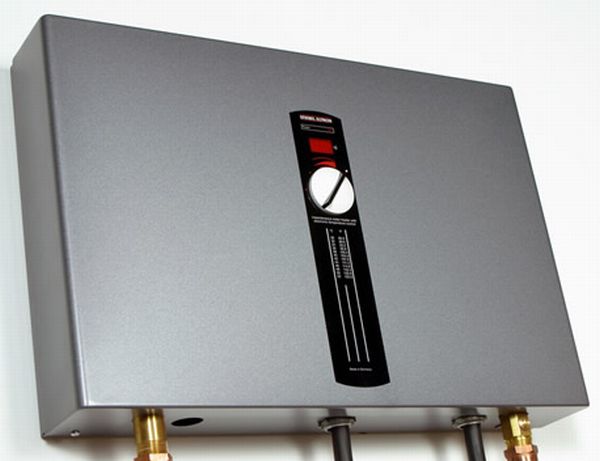
8. Recycle greywater
Greywater is generated from domestic activities such as washing, cleaning, bathing and dish washing. This water can be reused for other purposes such as irrigating the gardens, landscaping etc. Recycled greywater can also be used to flush toilets.
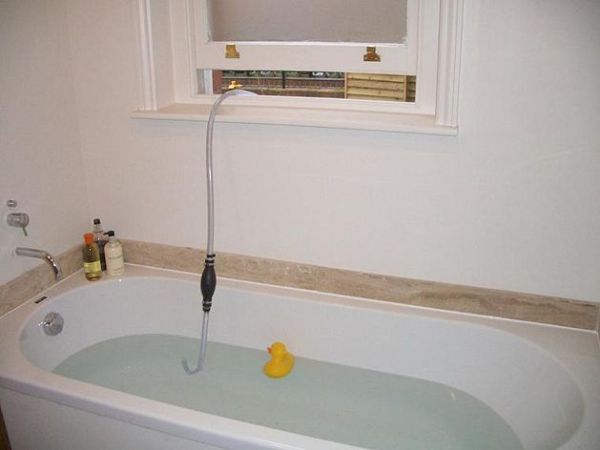
9. Convert your toilet to low/dual flush
A single flush toilet uses around 12 gallons of water per flush. Switching to a low or dual flush toilet helps save around 25,000 gallons of water per year. Dual flush allows the user to choose between a full or a half flush. It thus helps save around 4,000 gallons of water per household.

10. Washing the dishes
Never wash a dish under running water. Have a sink full of wash water and another with rinse water to wash the dishes. This helps in saving water enormously. Also, wash all the dishes together rather than cleaning them one at a time.
